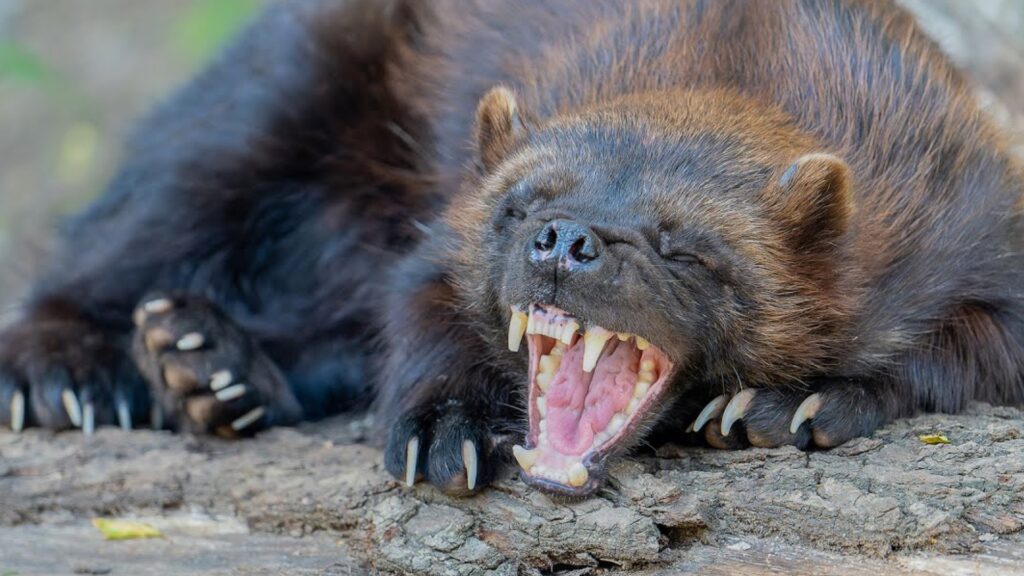
Wolverines (Gulo gulo) are strong a strong and resilient species. However, these animals have been facing many challenges throughout the world and are now on the list of Endangered Species Act. Wolverines are carnivores that have an established reputation for thriving in dense snowy areas and are well-known for their fierce nature. Below are nine reasons why wolverines are endangered, along with additional context about their habitat, challenges, and what can be done to save them.
1. Climate Change and Loss of Snowpack
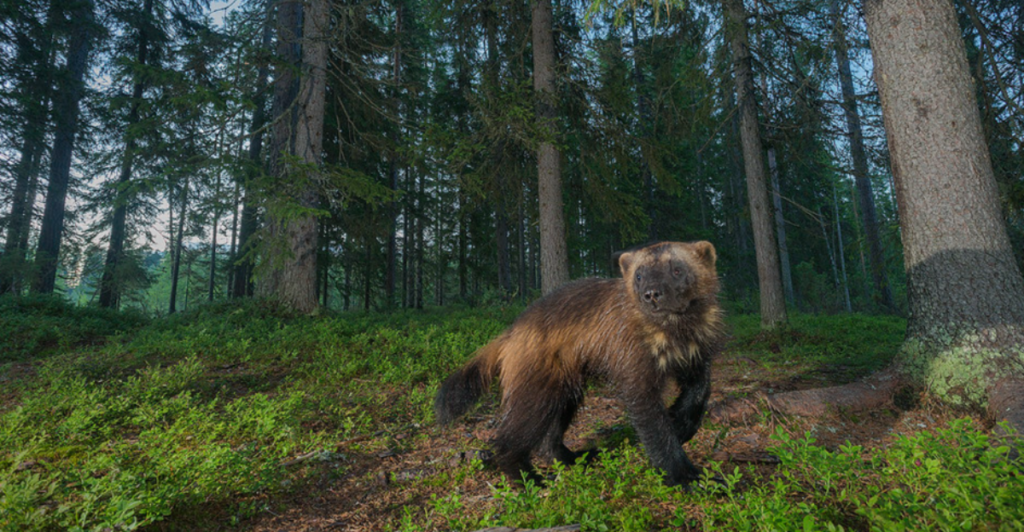
Wolverines and extreme snow have a deep and intense connection, lack of snow directly affecting their chances of survival. The snowpack is vital for the denning process along with raising their young. Snow acts as a protective layer as it insulates and creates shelter. But given climate change, this has become more and more difficult. Climate change has continued to decrease the amount of wolverine habitats. Since winters are warmer due to the changing weather, it means there will be less snow along with early snowmelt. While populations of wolverines decrease, they tend to go towards smaller habitats which has increased the competition for survival. Protecting snowpacks is critical to securing their future.
2. Habitat Fragmentation
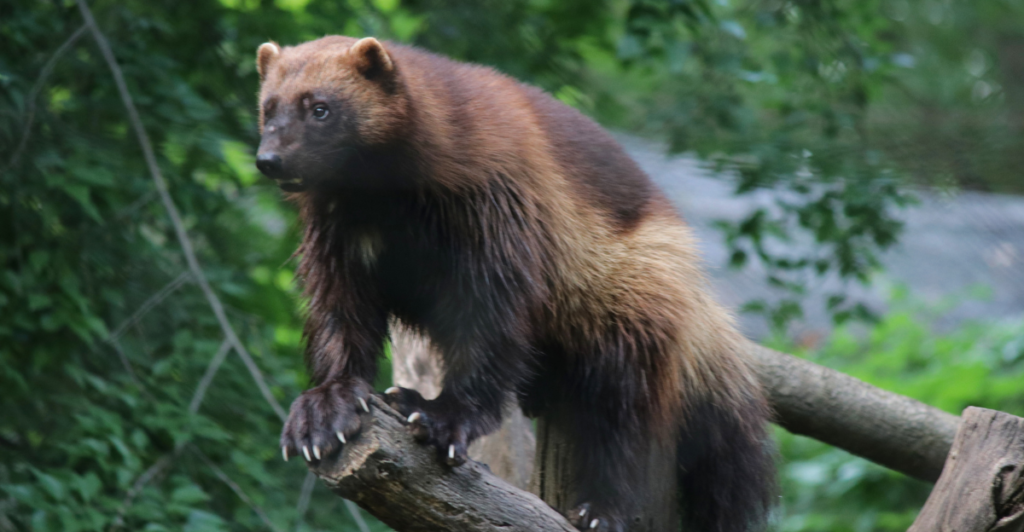
Wolverine habitats have become more and more isolated as a result of human infrastructure and urbanization activities such as road building and logging. Expanding territories for hunting, finding mates, and raising young becomes tougher due to fragmentation. Environmental change entails a more aggressive biology. This isolation leads to reduced genetic diversity, weakening the species’ ability to adapt to environmental changes. In the absence of vast wilderness corridors, wolverines are almost impossible to save, and thus it is advisable to focus on the creation and rejuvenation of the landscapes where they thrive.
3. Human Disturbance
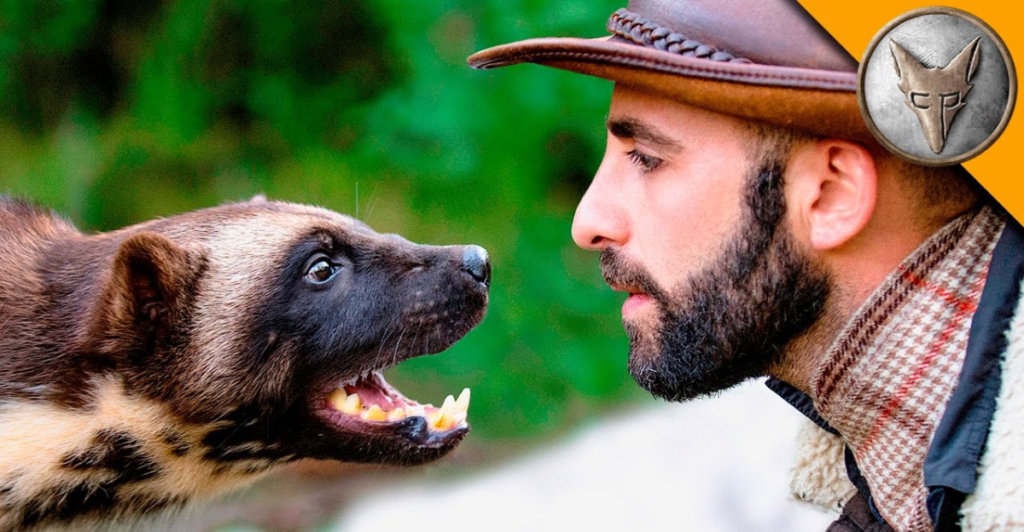
Activities such as snowmobiling and heli-skiing during winter months interfere with Wolverine’s breeding season in which they go into dens. Mothers may also have to make the difficult decision to leave their kits in a den to fend for themselves due to this kind of interference. The noise and movement associated with these activities push wolverines out of otherwise suitable habitats. This added stress not only reduces reproduction success but also forces wolverines to expend more energy in search of safer denning sites. Managing human activity in sensitive areas is essential.
4. Trapping and Hunting
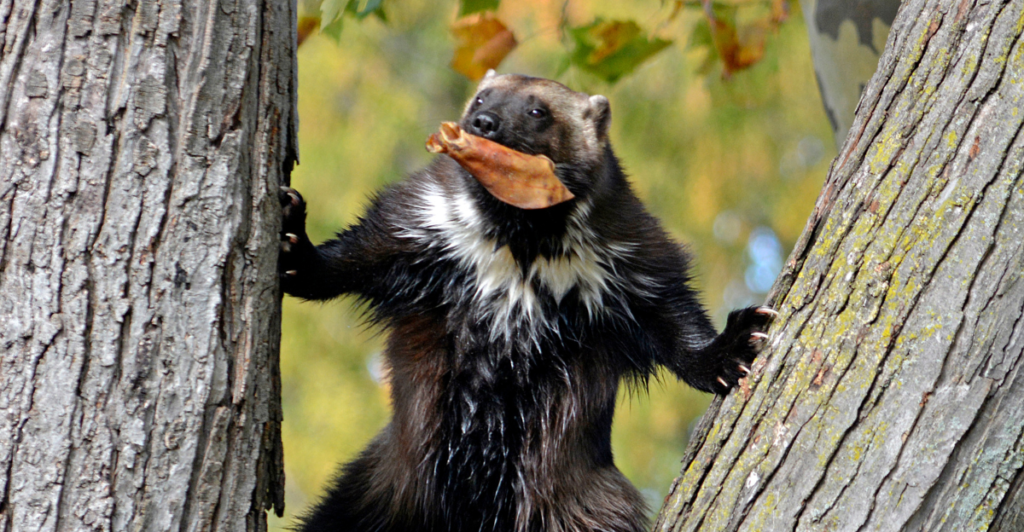
Although hunting or unintentional snare capture is illegal in specific jurisdictions, wolverines can still be captured. This practice is detrimental to spotted regions, as their populations are already on a decline. These animals tend to live long but achieve reproductive maturity rather slowly. Even small numbers of deaths can have outsized impacts on their populations due to their slow reproductive rates. Stricter regulation and enforcement of trapping laws are needed, along with better education for trappers about avoiding accidental harm to wolverines.
5. Low Population Numbers
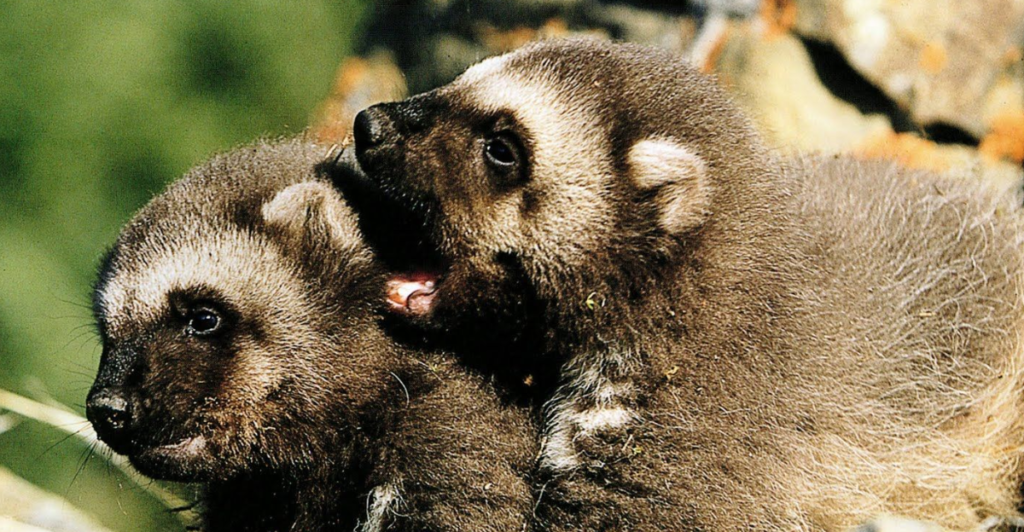
Around 350 individuals are currently in the U.S. Hence, each species becomes quite prone to extinction. Owing to such a small population, bottleneck genetic disorders are a common occurrence which also results in inbreeding. Small populations are also more susceptible to random events like disease outbreaks or natural disasters. Increasing connectivity between wolverine populations and protecting their habitats are crucial strategies for stabilizing their numbers and preventing further decline.
6. Limited Reproductive Rate
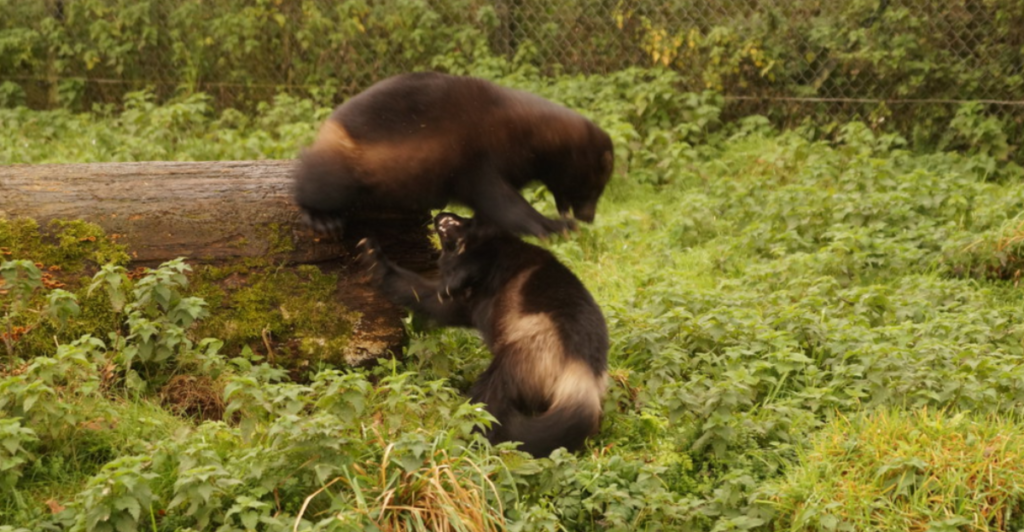
Of all the carnivores, wolverines have one of the lowest reproductive rates. The females reproduce once or twice a year, but they do not do so every year. It takes very long for a population of wolverines to recover once it is so low. Any threat that reduces survival or reproduction, whether habitat loss, climate change, or human interference, has a magnified impact. Ensuring that wolverines have safe, undisturbed environments for denning is critical for increasing their reproductive success and stabilizing populations.
7. Dependence on Large Home Ranges
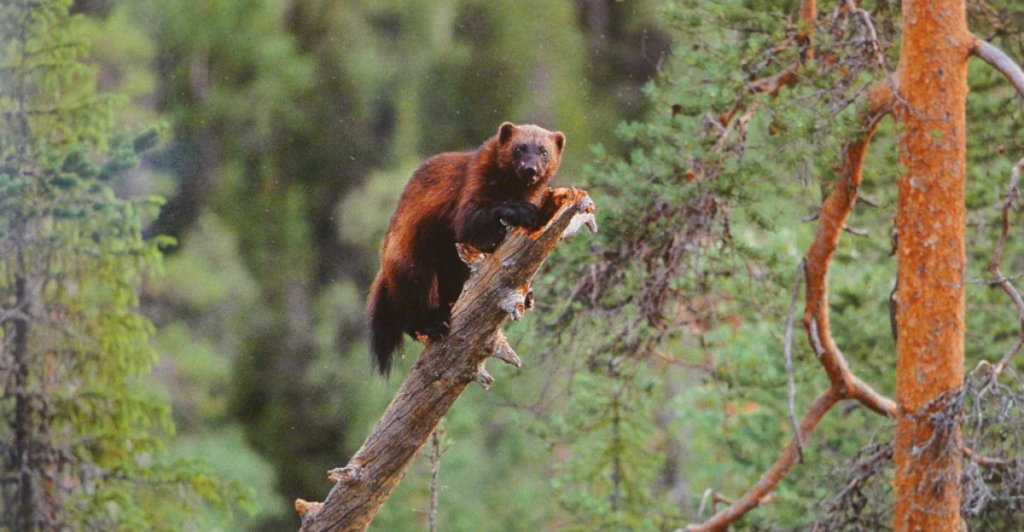
Wolverines require extensive territories, often spanning hundreds of square miles, to find enough food and locate mates. This dependence on large, contiguous landscapes makes them particularly sensitive to habitat loss and fragmentation. As wilderness areas are developed or altered, wolverines must travel greater distances, increasing the risk of conflicts with humans or accidents like vehicle collisions. Protecting and connecting large swaths of wilderness is vital to ensuring these remarkable animals can continue to roam freely.
8. Scavenging Lifestyle and Food Scarcity
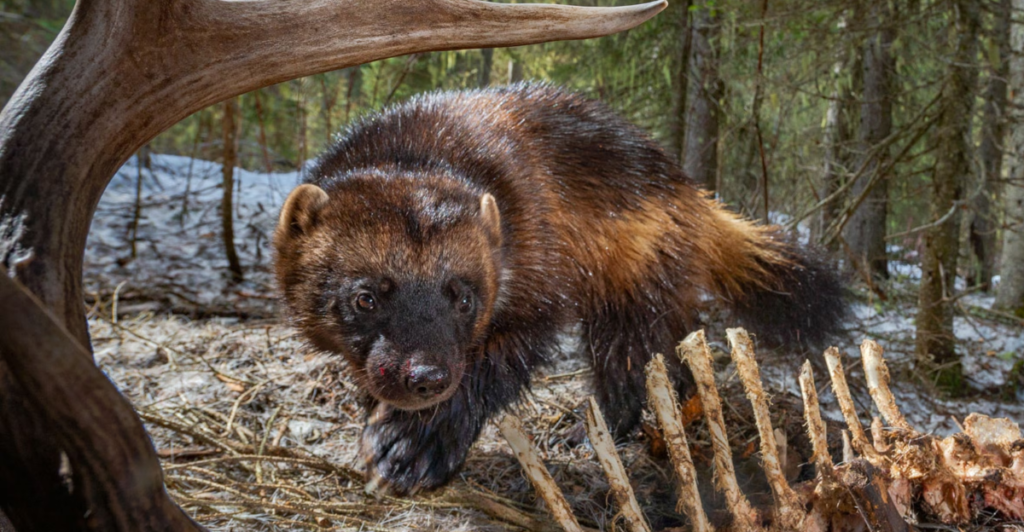
Wolverines are opportunistic feeders, relying heavily on scavenging carcasses left by predators or natural deaths. In winter, carrion is their primary food source. Declines in prey populations due to habitat loss, overhunting, or competition with other predators can create food shortages, especially during harsh winters. This scarcity forces wolverines to travel farther for food, increasing their vulnerability to threats. Protecting ecosystems that support a healthy prey base is essential for sustaining wolverine populations.
9. Historical Persecution
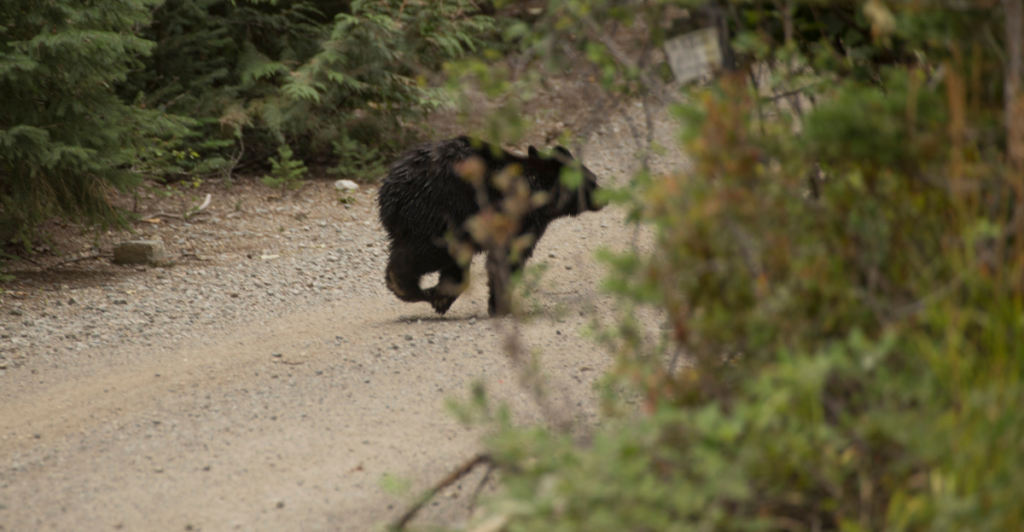
Wolverines were historically hunted and trapped extensively, viewed as threats to livestock or competitors for game. This persecution decimated populations, particularly in the lower 48 states, where their range was drastically reduced. Although they are now protected in many areas, the impacts of past exploitation linger, with wolverines struggling to recover their numbers. Education and outreach efforts to promote coexistence are vital to preventing future conflicts and ensuring their continued survival.
Wolverine Habitat and Distribution
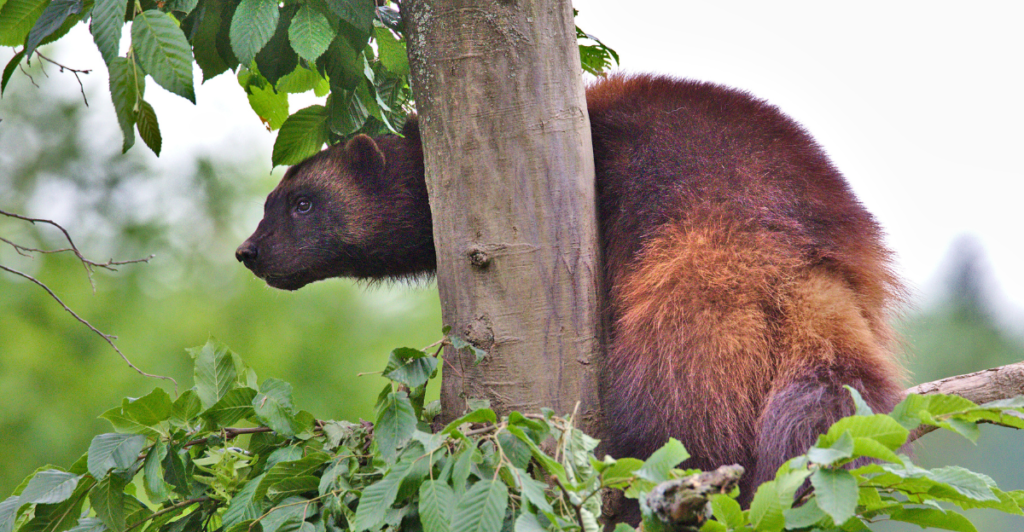
Wolverines are found in alpine and boreal regions across the Northern Hemisphere, including parts of Canada, Alaska, Scandinavia, and Siberia. In the contiguous U.S., they primarily inhabit the Northern Rockies and Cascades. These animals thrive in remote, snowy environments, making them excellent indicators of ecosystem health. As snowpack decreases and habitats become fragmented, wolverines are increasingly restricted to isolated pockets, limiting their ability to expand their range or establish new territories.
Conservation Efforts
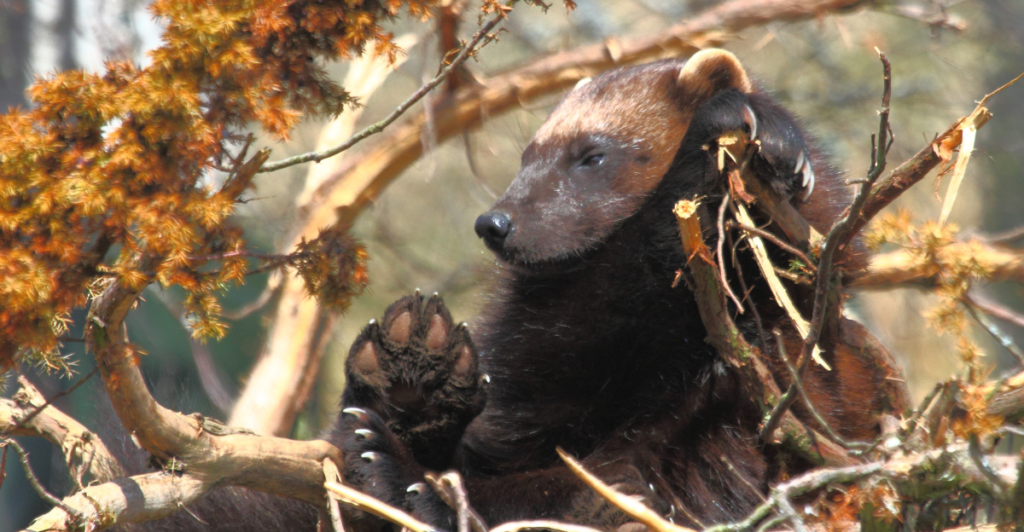
Wolverine conservation involves habitat preservation, reducing human disturbances, and addressing climate change. Their recent listing under the Endangered Species Act provides new opportunities for research and protection. Conservationists are working to identify and protect critical habitats, improve landscape connectivity, and reduce threats like trapping. Public awareness campaigns aim to foster understanding and support for these efforts. Through collaborative action, it’s possible to reverse the decline of wolverines and ensure their survival for future generations.
The Role of Climate Action
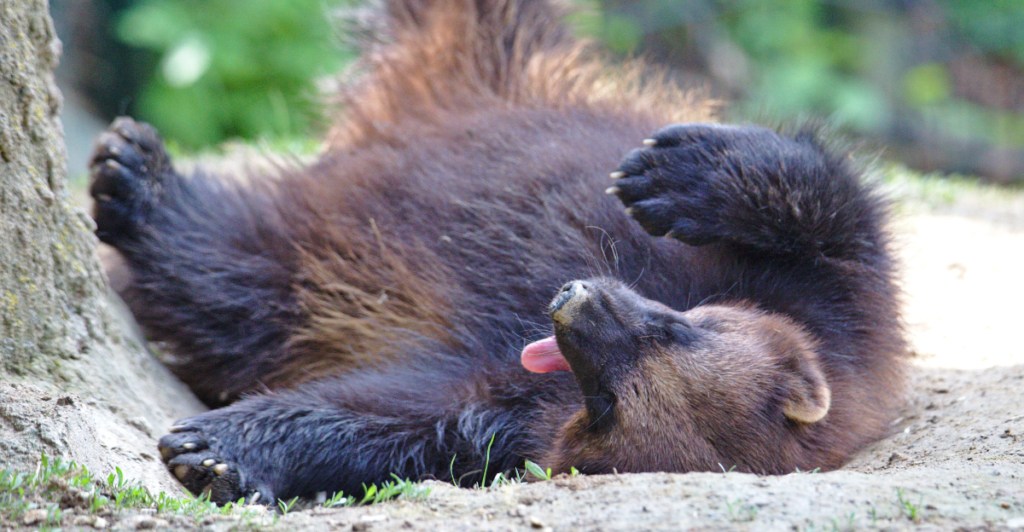
Climate change is a leading threat to wolverines, and addressing it is critical for their survival. Reducing greenhouse gas emissions, protecting snowpack, and implementing climate adaptation strategies are all necessary steps. Conservationists and policymakers must work together to mitigate climate impacts on wolverine habitats. Local communities can also contribute by supporting climate-friendly policies and practices. By taking proactive measures to combat climate change, we can help preserve the environments wolverines need to thrive.
How You Can Help
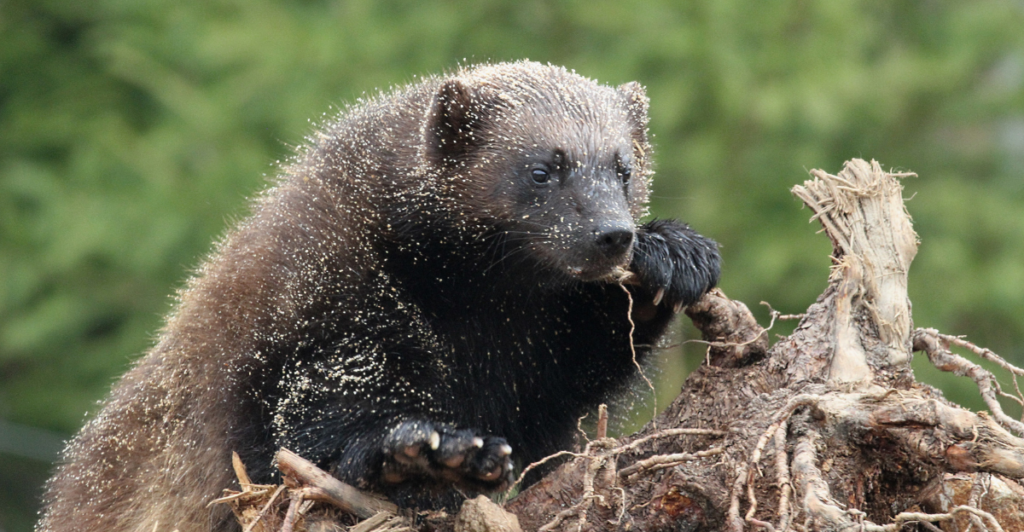
Individuals can support Wolverine conservation by advocating for policies that address climate change and habitat protection. Donating to or volunteering with organizations focused on wildlife preservation can also make a difference. Citizen science initiatives, such as reporting wolverine sightings, help researchers monitor populations and identify critical habitats. Public education and outreach are crucial for fostering coexistence and building support for conservation efforts. Together, we can ensure that wolverines remain a symbol of resilience and wilderness.
References:
Wolverines: Where They Live and Why They’re Endangered
Why Protection is Needed
Wolverine Receives Much-Needed Endangered Species Act Protections
Stay connected with us for more stories like this! Follow us to get the latest updates or hit the Follow button at the top of this article, and let us know what you think by leaving your feedback below. We’d love to hear from you!







